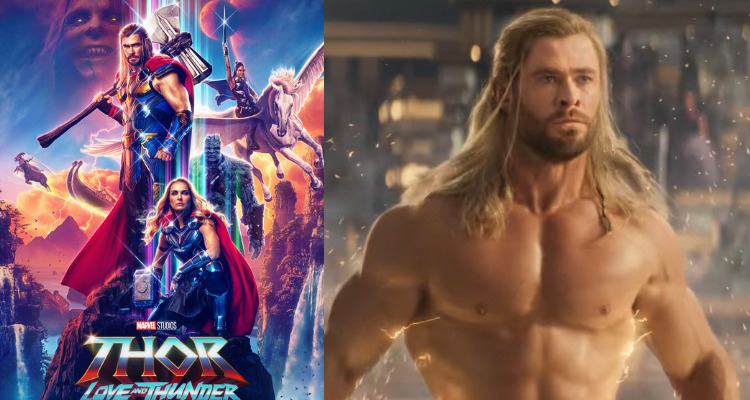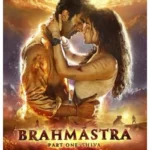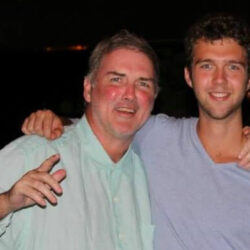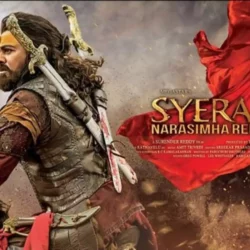Chris Hemsworth’s Thor regularly refers to himself because the “most powerful Avenger” – an idealistic manifestation of masculinity past the attain of regular mortal men.
Sure, that is generally performed for laughs, however if we appearance past the comedy, there may be an exciting message approximately what it method to be a person underpinning the Thor franchise. It’s a message that has shifted and modified during the last decade, and now no longer usually for the better.
In the state-of-the-art instalment, Thor: Love and Thunder , there isn’t one Thor however two: breakthrough the Mighty Thor, withinside the guise of the original’s one-time love, Jane Foster, performed via way of means of Natalie Portman.
Even aleven though this incarnation of Thor is a pastiche of masculine superheroes, the cues of stereotypical “normal” hypermasculinity had been nevertheless on the middle of the film. Yes, the target target market had been recommended to giggle at Thor’s conceitedness and roll their eyes at his unbearable hubris. But, withinside the quit, it became his advanced electricity and aggression, mixed with the affection of a “correct woman” – Jane Foster – that gained the day in a party of hypermasculine prowess.
Playing with masculinity
It became all widespread Hollywood motion hero fare, and this persevered into the second one instalment withinside the franchise, Alan Taylor’s Thor: The Dark World (2013), in addition to Joss Whedon’s cross-franchise The Avengers (2012) and Avengers: Age of Ultron (2015).
It wasn’t till New Zealand actor/director Taika Waititi took the helm for the 0.33 instalment, Thor: Ragnarok (2017), that we started out to look a actual shift withinside the illustration of Thor’s masculinity. Here, it’s far celebrated for its ridiculousness now no longer its effectiveness, planting the seeds for a brand new interpretation of the way the hypermasculine may be understood in normal culture.
In the Russo brothers’ Avengers: Endgame (2019), the reimagining of Thor’s masculinity took a probably intricate turn. Having didn’t save you Josh Brolin’s Thanos – the remaining awful man withinside the MCU – from erasing 1/2 of of lifestyles withinside the universe in Avengers: Infinity War (2018), Thor slips into despair.
In his depressive state, he’s stripped of his masculine prowess. Now inhabiting a fats frame this is uncovered for comedic effect, Thor’s despair is correlated with laziness, an absence of private hygiene and emotional instability.
In this new guise, he’s faded as a member of the Avengers, together along with his function as height masculinity now taken via way of means of Mark Ruffalo’s Hulk man or woman who has come to be Professor Hulk – a aggregate of the brute electricity of the Hulk and advanced mind of Bruce Banner. “Fat” Thor is a jokey determine – the inverse of hypermasculinity.
The new perfect (spoiler alert!)
Things are one-of-a-kind in Taika Waititi’s state-of-the-art Thor: Love and Thunder (2022). In the hole montage of the film, Thor returns his frame to the hypermasculine form. Again it’s far ridiculous – as ridiculous because the massive screaming goats that convey his area boat throughout the universe.

He remains an exaggerated uber-muscled masculine presence, concurrently a determine of ridicule and spectacle. He is to be ate up or scoffed at relying for your preference. Or perhaps even each.
Jane Foster’s reimagining because the Mighty Thor introduces a brand new gender dynamic into the franchise. The Mighty Thor is simply as effective as Thor, or perhaps even extra so, as she involves his rescue on numerous occasions. Yet Thor’s masculinity does now no longer disintegrate or input disaster withinside the face of effective femininity.
In the quit he works with the Mighty Thor as an identical to store the day. The arrival of this feminine Thor incarnation withinside the tale amplifies the absurdity of Thor’s masculine hubris, however it does so in a manner that also lets in the target target market to experience Thor’s laughable excesses.
Even aleven though the critical courting explored withinside the film is heterosexual, Thor’s masculinity isn’t rigidly heterosexual, as verified in an a laugh scene wherein he gazes into the eyes of Chris Pratt’s Star Lord, whilst requested approximately human beings he loves.
In Love and Thunder, Thor’s hypermasculinity is complex: smug and hubristic, however additionally caring. His supernatural electricity reasons and solves problems. It is is framed as aspirational and childlike, consisting of whilst, close to the quit of the film, he stocks his powers (temporarily) with the kids he has got down to rescue. He is each a saviour and in want of saving.
Waititi’s Thors stay in a reciprocal dynamic. We find out in flashback that it became Hemsworth’s Thor, in asking his hammer Mjölnir to shield Jane, who inadvertently precipitated her to come to be the Mighty Thor. Later, whilst it’s far found out that Jane’s persevered use of Mjölnir will result in her death, she chooses to sacrifice herself to store Thor.
Ultimately, whilst Thor consents to take care of the orphaned daughter of the vanquished God Butcher performed via way of means of Christian Bale, he will become a brand new and idealised model of masculinity – one which isn’t best centered at the frame, electricity and bodily superiority, however additionally on caring, nurturing and home lifestyles.
The new hypermasculine perfect realised via way of means of Hemsworth in Thor: Love and Thunder is fluid, contradictory and problem to alternate and interpretation, which appears an ideal healthy for our converting times.










